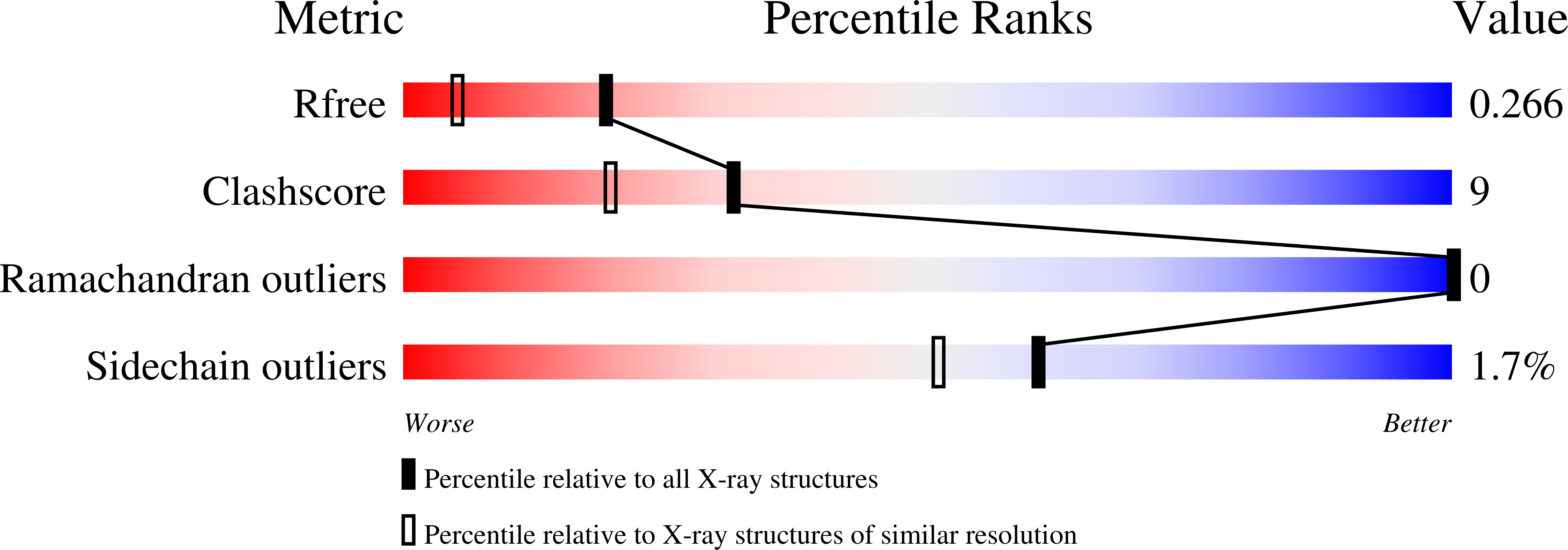
Deposition Date
2009-03-02
Release Date
2009-08-11
Last Version Date
2023-09-06
Entry Detail
PDB ID:
3GGU
Keywords:
Title:
HIV PR drug resistant patient's variant in complex with darunavir
Biological Source:
Source Organism:
Host Organism:
Method Details:
Experimental Method:
Resolution:
1.80 Å
R-Value Free:
0.24
R-Value Work:
0.20
R-Value Observed:
0.20
Space Group:
P 61


